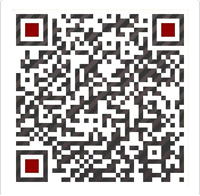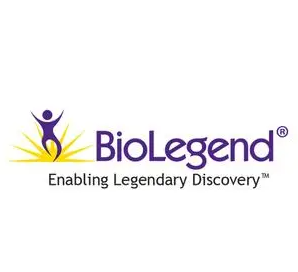1、订购使用抗体产品的客户,在使用产品过程中遇到问题,提出技术支持及其他请求时,我公司接到请求后的24个小时之内做出处理。
2、我公司的所有产品都经过严格的质检后上架销售,如经复核确实存在问题,本公司无条件退款或更换货。
3、所有书面反馈我们收到后48小时内给出答复。
Product Details
- Verified Reactivity
- Mouse
- Antibody Type
- Monoclonal
- Host Species
- Mouse
- Immunogen
- BALB/c mouse FcγRI-human IgG Fc fusion protein.
- Formulation
- Phosphate-buffered solution, pH 7.2, containing 0.09% sodium azide.
- Preparation
- The antibody was purified by affinity chromatography and conjugated with Alexa Fluor? 647 under optimal conditions.
- Concentration
- 0.5 mg/ml
- Storage & Handling
- The antibody solution should be stored undiluted between 2°C and 8°C, and protected from prolonged exposure to light. Do not freeze.
- Application
-
FC - Quality tested
SB - Reported in the literature, not verified in house - Recommended Usage
Each lot of this antibody is quality control tested by immunofluorescent staining with flow cytometric analysis. For flow cytometric staining, the suggested use of this reagent is ≤0.5 ?g per million cells in 100 ?l volume. It is recommended that the reagent be titrated for optimal performance for each application.
* Alexa Fluor? 647 has a maximum emission of 668 nm when it is excited at 633 nm / 635 nm.
Alexa Fluor? and Pacific Blue? are trademarks of Life Technologies Corporation.
View full statement regarding label licenses- Excitation Laser
- Red Laser (633 nm)
- Application Notes
The X54-5/7.1 antibody reacts with mouse strains carrying CD64a and b alleles but not CD64d. X54-5/7.1 recognizes a conformational determinant formed between domains 2 and 3. Additional reported application (for relevant formats) include: immunoprecipitation1, and spatial biology (IBEX)5,6. Clone X54-5/7.1 is not found to be useful for Western blots1.
- Additional Product Notes
Iterative Bleaching Extended multi-pleXity (IBEX) is a fluorescent imaging technique capable of highly-multiplexed spatial analysis. The method relies on cyclical bleaching of panels of fluorescent antibodies in order to image and analyze many markers over multiple cycles of staining, imaging, and, bleaching. It is a community-developed open-access method developed by the Center for Advanced Tissue Imaging (CAT-I) in the National Institute of Allergy and Infectious Diseases (NIAID, NIH).
- Application References
(PubMed link indicates BioLegend citation) -
- Tan PS, et al. 2003. J. Immunol. 170:2549. (IP)
- Ingersoll MA, et al. 2010. Blood 115:e10. (FC)
- Ozeri E, et al. 2012. J. Immunol. 189:146. PubMed
- Richardson ML, et al. 2014. PLoS Negl Trop Dis. 8:2825. PubMed
- Radtke AJ, et al. 2020. Proc Natl Acad Sci U S A. 117:33455-65. (SB) PubMed
- Radtke AJ, et al. 2022. Nat Protoc. 17:378-401. (SB) PubMed
- Product Citations
-
- RRID
- AB_2566560 (BioLegend Cat. No. 139321) AB_2566561 (BioLegend Cat. No. 139322)
Antigen Details
- Structure
- Ig superfamily, type I glycoprotein, 72 kD
- Distribution
-
Monocytes, macrophages, mast cells, dendritic cells
- Function
- Phagocytosis, ADCC
- Ligand/Receptor
- IgG
- Cell Type
- Dendritic cells, Macrophages, Mast cells, Monocytes
- Biology Area
- Immunology, Innate Immunity
- Molecular Family
- CD Molecules, Fc Receptors
- Gene ID
- 14129 View all products for this Gene ID
- UniProt
- View information about CD64 on UniProt.org








